- The establishment of the port will directly boost local employment and increase the throughput of the Kuantan port terminal.
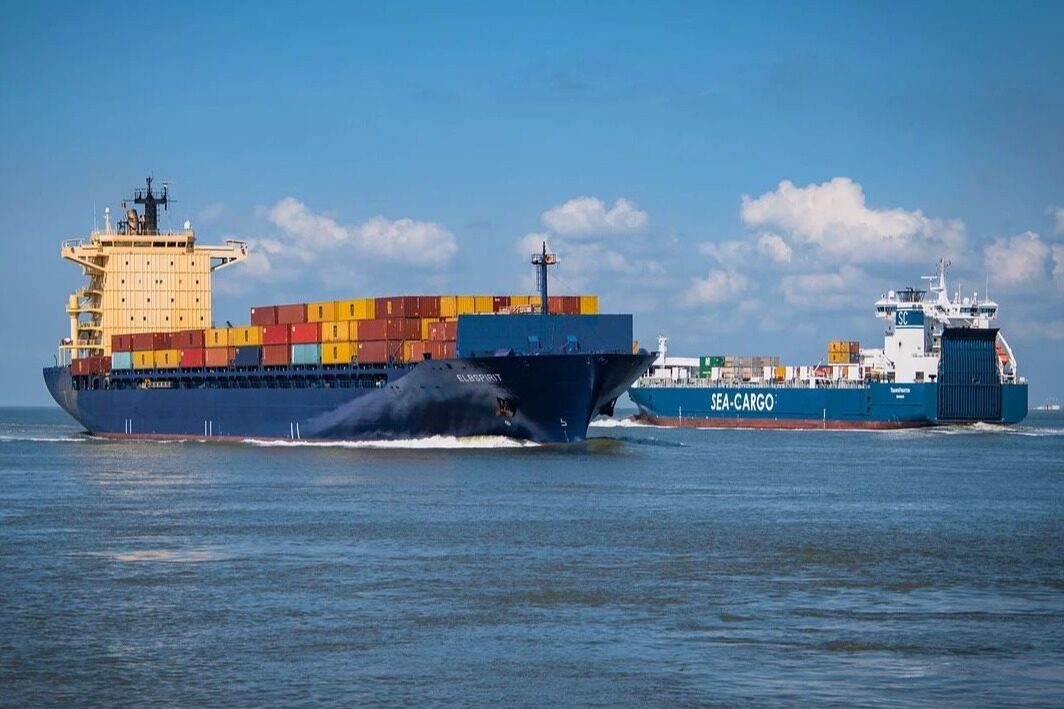
With a long whistle blowing at Kuantan Port on the east coast of Malaysia, the container ship “SITC Pacific”, loaded with cold chain goods, slowly sailed away to Beibu Gulf Port in Guangxi, China. This marks the official launching of a brand new shipping line connecting the two ports. As an important hub node of the East Coast Railway of Malaysia, a joint project between China and Malaysia, the port of Kuantan carries the development expectations of the local community. The construction of this transportation artery uses a large amount of steel produced in Malaysia, and its supplier, United Steel (Malaysia) Group Corporation (United Steel), is the “city card” of Kuantan City - the benchmark enterprise of the Malaysia-China Kuantan Industrial Park. Currently, the cumulative investment in this industrial park has exceeded RMB 11 billion.
This flagship project is based on China and Malaysia, facing the ASEAN market and radiating to the Asia-Pacific region, continuously accelerating and expanding the synergy between the “two countries and two parks” (China-Malaysia Qinzhou Industrial Park and Malaysia-China Kuantan Industrial Park) and the “two countries and two ports” (Beibuwan Port and Kuantan Port). This is exactly what the “Belt and Road” is all about. This is the vivid practice of the international cooperation of “Belt and Road” from basic construction to high-quality development.
As one of the first countries to respond to and actively participate in the construction of the Belt and Road, Malaysia has witnessed the gradual emergence of Kuantan, the capital of Pahang, as an important node for high-quality joint construction. The Belt and Road cooperation has brought more than investment and trade opportunities to the local community, including the deep exchange of talents, technologies, standards and advanced ideas.
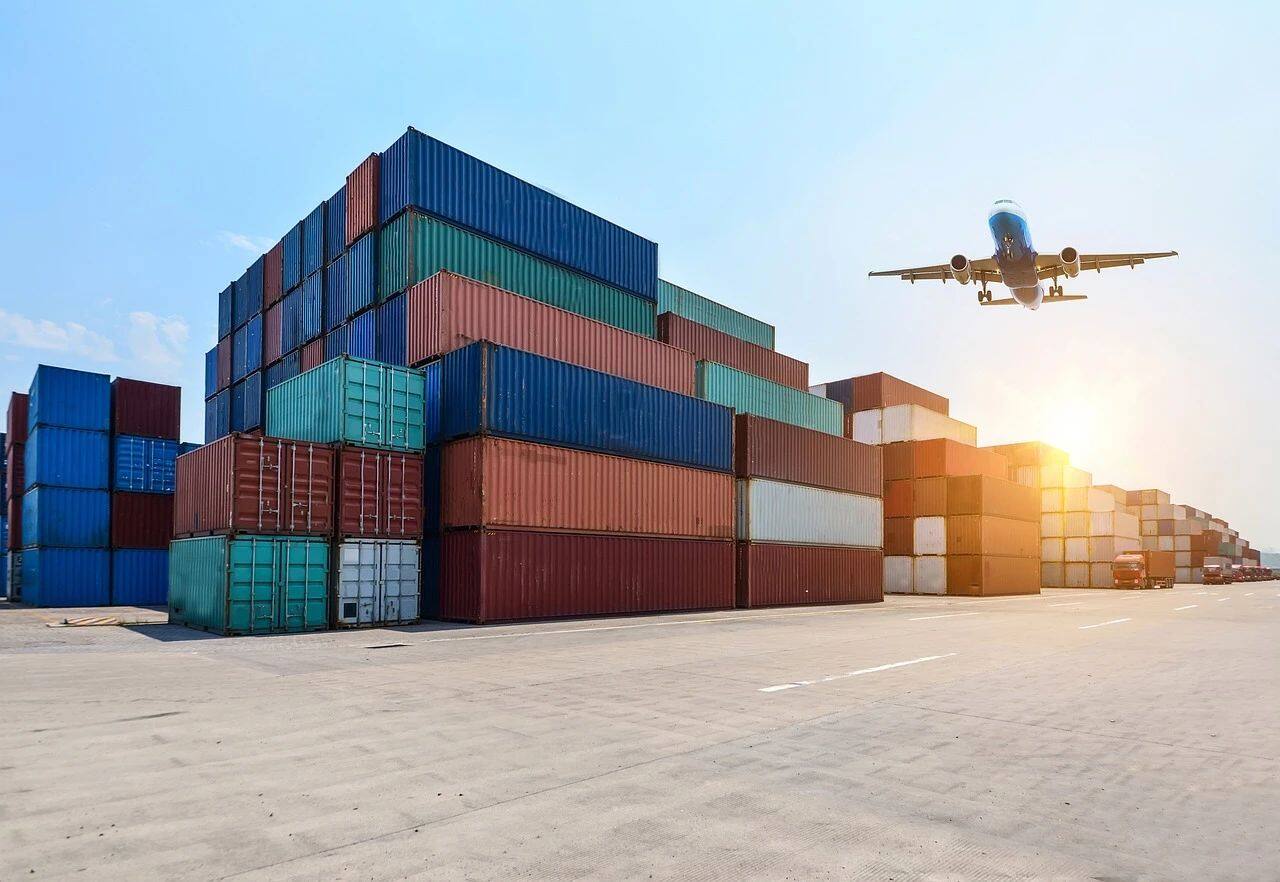
For young people in Kuantan, being able to work in the Malaysia-China Kuantan Industrial Park is a desirable option. Ten years ago, Kelly's parents told him that his hometown was building “a new road” and “Chinese-invested factories”, and suggested that he come back to look for opportunities when he finished his studies. Today, United Steel, the “factory on the new road”, has grown into a leading company in the Malaysian steel industry. Kelly has been working here for eight years, becoming one of the company's approximately 4,000 local employees and enjoying a satisfying career.
Hu Jiu Lin, Chief Engineer and Deputy General Manager of United Steel, introduced that the company has not only promoted the upgrading of the Malaysian steel industry and created considerable foreign exchange earnings, but also directly driven local employment and enhanced the terminal throughput of Kuantan Port, initially forming a benign industrial cluster effect.
As the operator of the industrial park, the investment and development director of Beibu Gulf Holding (Malaysia) Sdn Bhd, Malaysian Chinese Chan Chor Lai, said: "President Xi Jinping highly evaluated the cooperation model of ‘two countries two parks’, which is both an honor and a responsibility for us. We are willing to work together to make the ‘Two Countries, Two Parks’ project continue to be the ‘golden card’ of Malaysia-China friendship and cooperation."
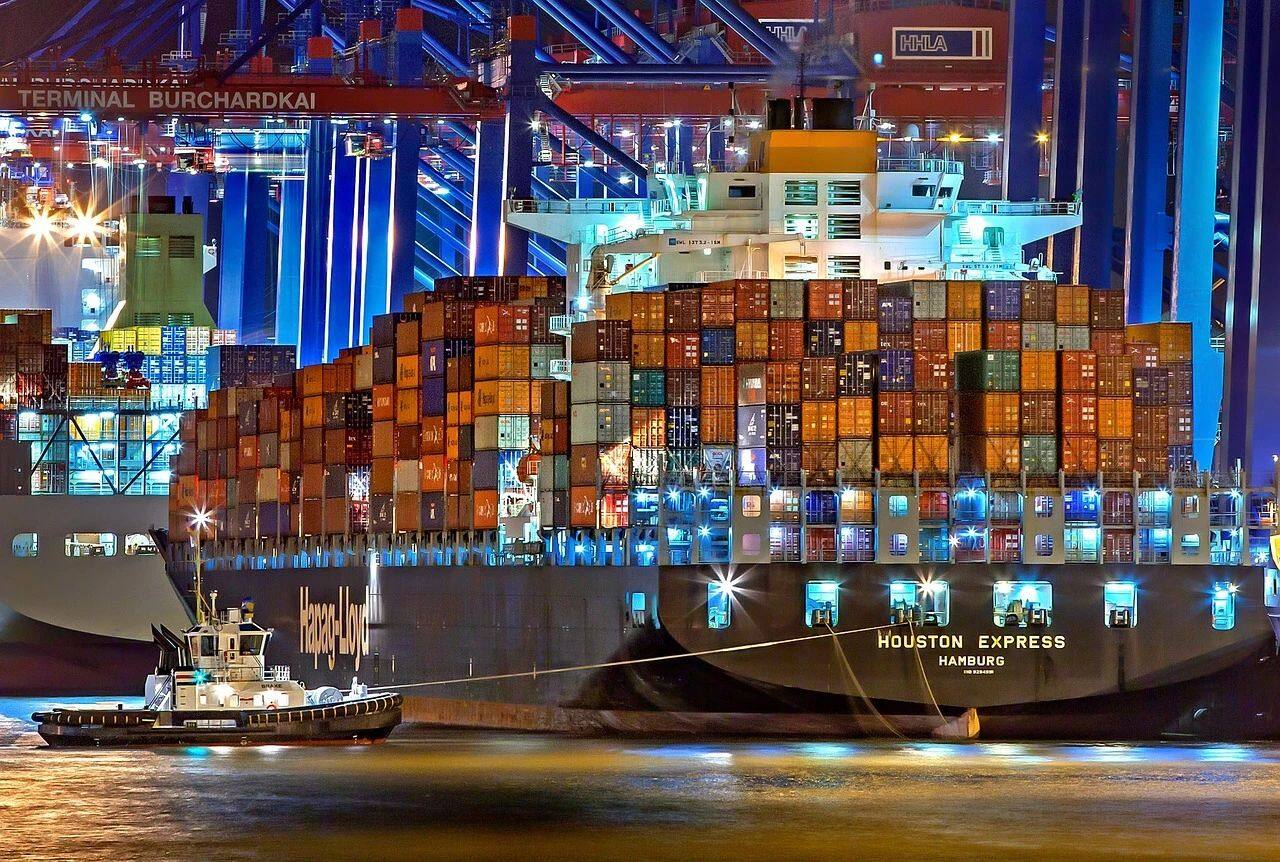
Geographically, the China-Malaysia Qinzhou Industrial Park and its supporting Qinzhou Port are backed by the new land and sea corridor in western China; the Malaysia-China Kuantan Industrial Park and its neighboring Kuantan Port are facing Malaysia's East Coast Economic Zone. In the future, with the completion of the East Coast Railway (Madang Railway), a key project for the construction of the Belt and Road, the potential for sea and land transportation stimulated by the linkage of the two parks and two ports will be even greater. A rich variety of Chinese agricultural products, such as mandarin fruit from Guangxi and onions from Gansu, are riding the waves and arriving in Malaysia and even the broader ASEAN market through this sea channel.
In recent years, relying on the industrial agglomeration effect of Malaysia-China Kuantan Industrial Park and the strong support of local policies, the cargo structure of the port of Kuantan continues to optimize and upgrade, the import and export of high-quality raw materials has increased significantly, and new energy materials, automotive parts and other products are becoming a new bright spot in the growth of port throughput.
The in-depth promotion of the cooperation of building the Belt and Road in Southeast Asia has opened up unprecedented broad prospects for regional connectivity and common prosperity.(This article is from the official website of Jian Dao www.seetao.com. Reproduction without permission is prohibited, otherwise it will be prosecuted. Please indicate Jian Dao website+original link when reprinting.) Jian Dao website strategy column editor/Yang Beihua
Comment
 Praise
Praise
 Collect
Collect
 Comment
Comment
 Search
Search


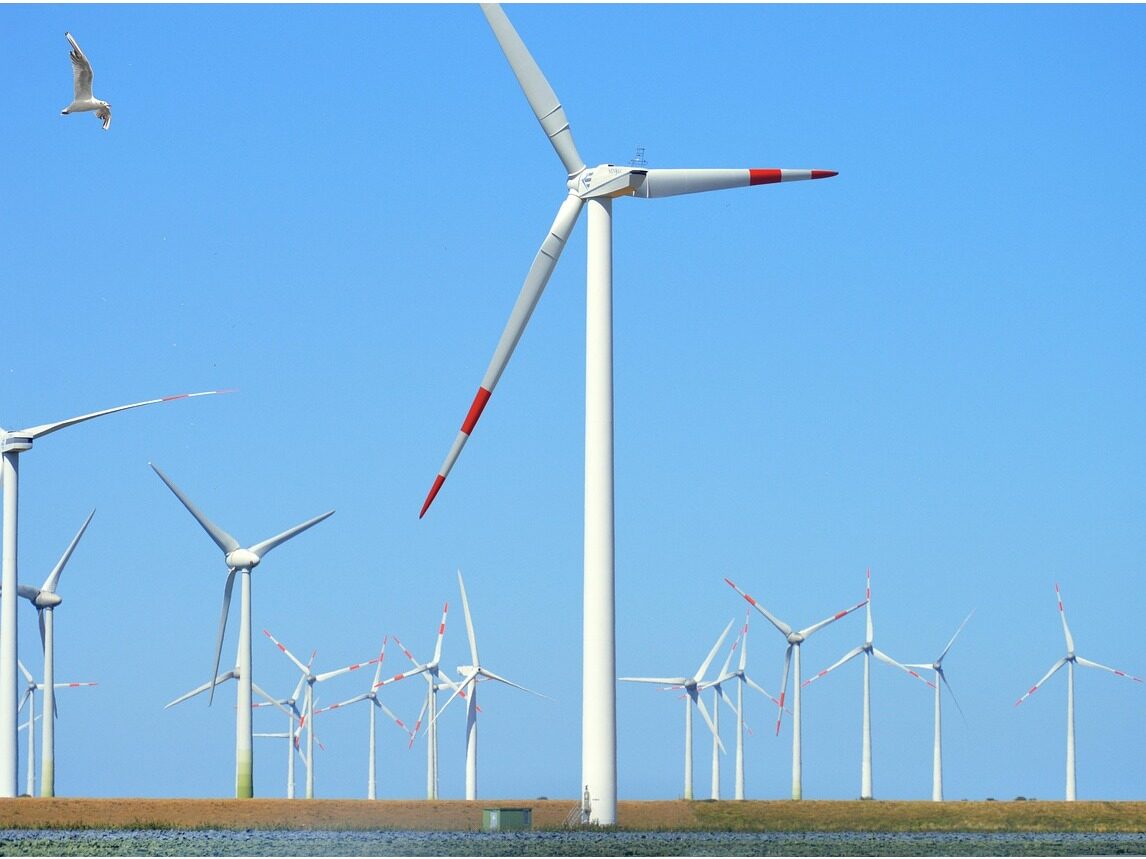
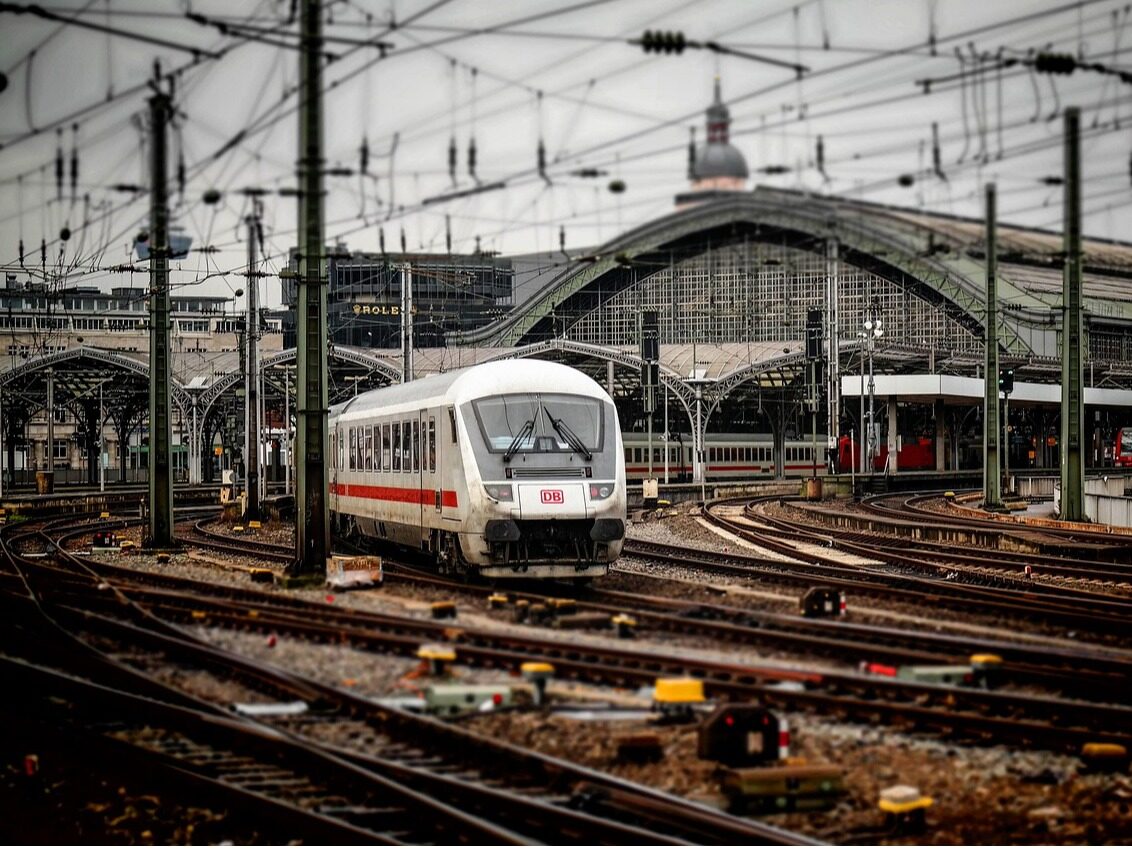


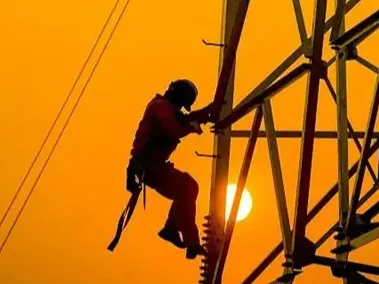







Write something~